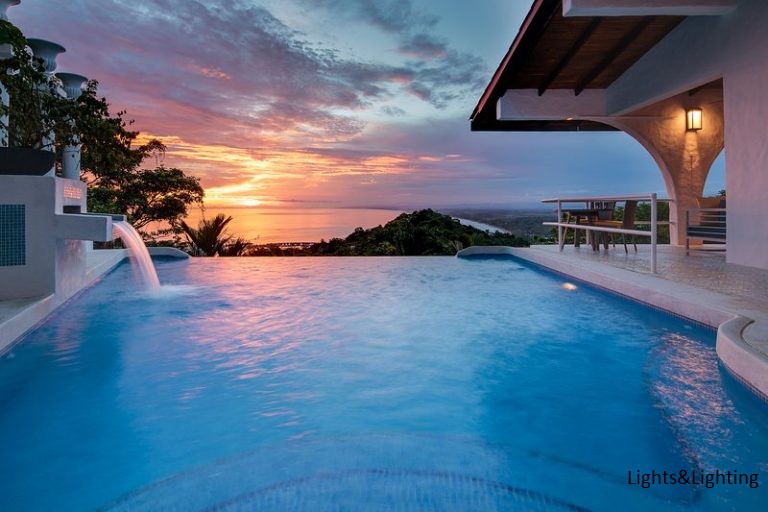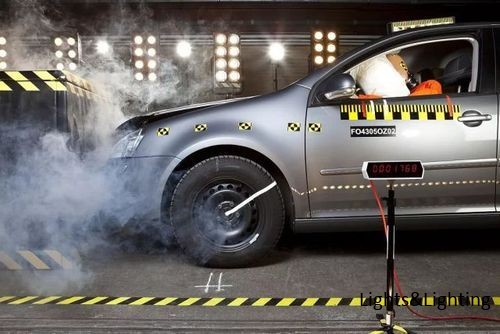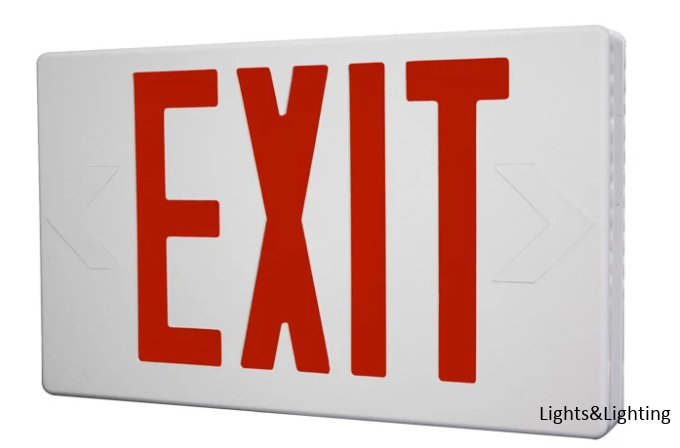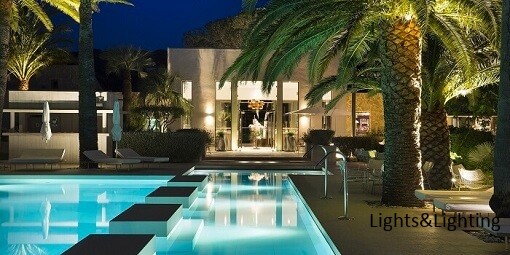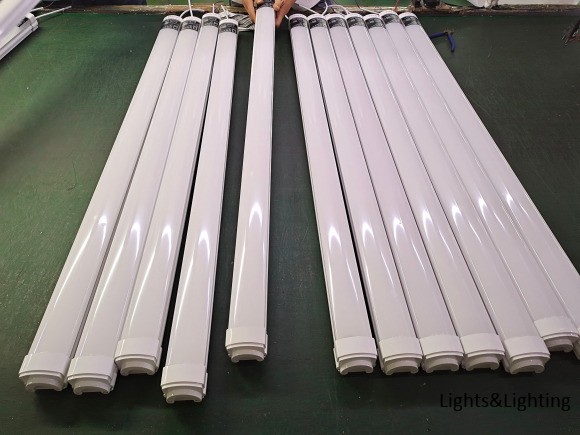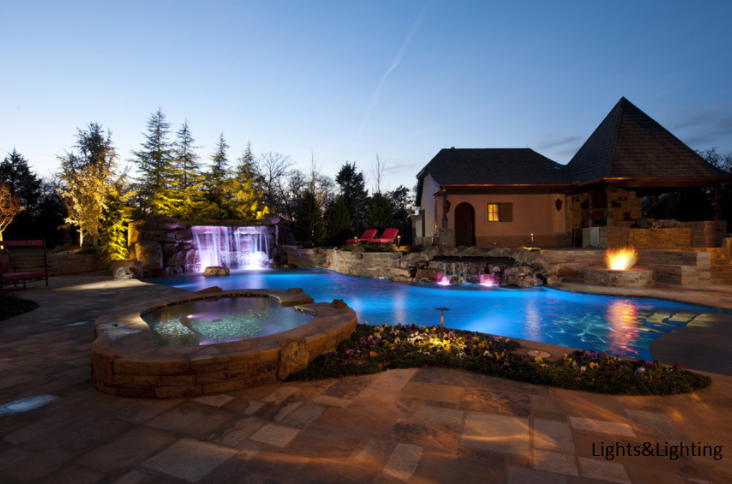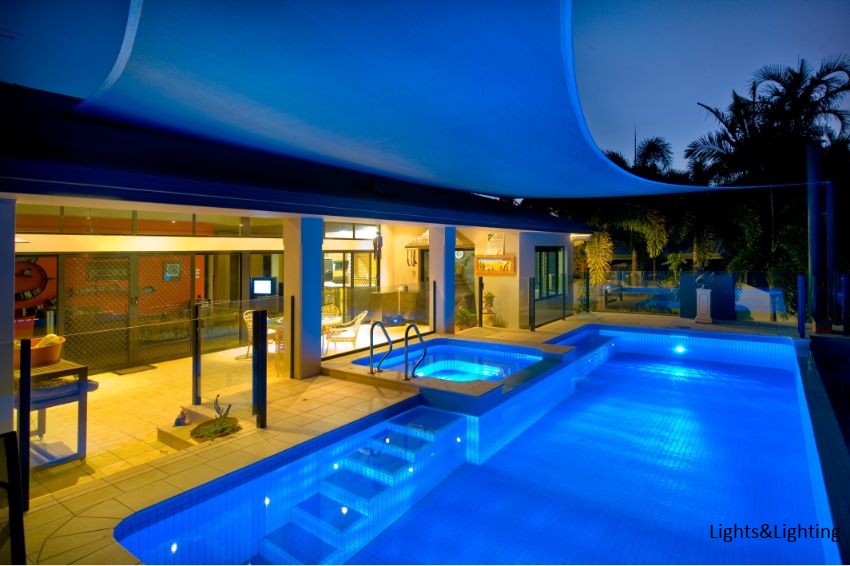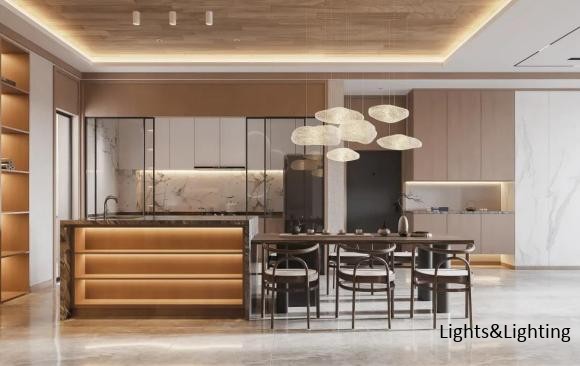If you are considering purchasing an inground swimming pool, you may also be thinking about installing an underwater pool light. Because we work with thousands of customers across the country each year, we have the opportunity to answer hundreds of questions related to pool lighting. In this article, we'll answer some of the above ground pool lighting questions we get every day. Let's dive in!
Why should I light my pool?
First and foremost, lighting your pool will give you the opportunity to use your pool during the day and at night. Many people find night swimming to be an amazing experience, but it wouldn't be the same without the mesmerizing glow of reflective lights underwater. Lighting your inground pool can also give a sense of safety as you can watch the kids swim at night with extra light so you can see the entire pool.
Do pool lights have to be installed during construction, or can they be added later?
It is best to install pool lights during construction. Pool lights are more cumbersome than other accessories and do not require major modifications, Premier pools recommends installing lights during construction.
How many lights do I need?
Depending on the type of light, we currently use smaller LED lights such as Globright or Pal 2000 in all of our pools, one light will produce up to 30 feet of visibility. For pools longer than 30 feet, we recommend using two lights. You are welcome to use as many as you like, this is just a minimum number, most people end up with two lights in any pool, some even have us install three lights on very large pools.
What are my lighting options and what are the pros and cons of each option?
The main pool lights on the market today are LEDs, but fiber optic lighting and incandescent lighting can also be used. I will explain each one.
LED -. LED stands for Light Emitting Diode. LED lighting does not have a filament, so they give off heat. LED lighting comes in different color options and has some light show settings. LED bulbs have a very long life ...... compared to 5,000 hours for an incandescent and 6,000 hours for a fiber optic, which is about 30,000 hours. This is equivalent to replacing six incandescent lamps and five replacement optical fibers.
Fiber Optics - Fiber optic pool lights are almost off the market due to the use of LED technology. The construction of the fiber optic pool light is unique because the bulb is actually located in a dry box at the top of the pool deck. The light from this bulb is transmitted through a fiber optic cable, which is a special accessory inside the wall of the pool where the cable ends and the light shines into the pool. Some fiber optic lights have a color wheel inside the box through which the light can shine in the pool, thus changing the color.
The main problem with fiber optic lights is that they are not as bright as all the other lighting options, and they are also the most expensive, especially for the amount of light they emit.
Incandescent Lamps - Incandescent lamps work by heating an electric current through a wire called a filament. The filament glows, producing the intense light associated with incandescent bulbs. Two disadvantages of incandescent bulbs are that in order to change the color, a tinted lens must be placed above the pool light in the pool, which was fine twenty years ago, but is somewhat outdated today. Secondly, the bulb life is much shorter than LED bulbs.
How much do in-ground pool lights cost?
At the time of this writing, full-size LED lighting, such as that typically used in vinyl or concrete pools, typically cost between $1,000 and $1,500 to install. Smaller LED lights can cost between $700 and $900 to install. Fiber optic pool lights typically cost between $1,300 and $1,700 to install, while full-size incandescent pool lights typically range from $450 to $650.
What maintenance is required?
Replacing the bulbs requires minimal maintenance. None of these lights require lowering the water in the pool, and it takes up to 10 minutes for you to loosen the screws and check the light that way.
Replacing a fiber optic bulb is very simple, you simply remove the box cover located on or near the deck and snap in a new bulb.
At the time of writing, bulb replacement costs are as follows: large LED lights - $450-$650, small LED lights - $50-$350 depending on model, fiber optic - $20-$60, incandescent - $30-$70.
Are pool lights safe?
Yes, they are very safe, as long as they are installed properly according to the manufacturer's specifications and meet local building codes. Properly installed modern pool lights are really risk free.
That said, we hope you find this information useful and wish you luck in your efforts to find the right lamp for you.
